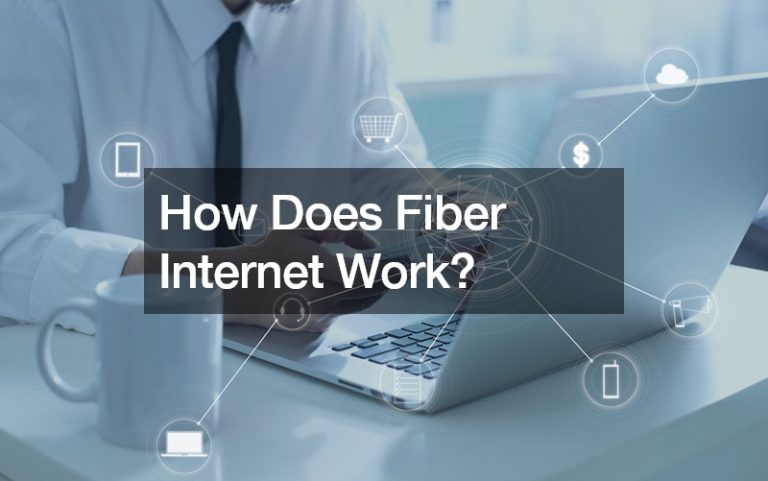Cybersecurity threats are real. Hackers have zeroed in on private organizations and public institutions alike and succeeded. These days, businesses invest in robust cybersecurity systems to curb the risk of falling prey to cybercriminals. Meanwhile, to safeguard official data, government contractors must satisfy the requirements for a CMMC or Cybersecurity Maturity Model Certification. That is to ensure that they comply with the stringent cybersecurity requirements needed to avoid critical information, or resources, for that matter, going into the wrong hands. Yes, going digital has exposed organizations to an array of dangers.
For that reason, it’s interesting to consider how cryptocurrencies still thrive. Despite imminent risks, digital financial transactions continue to prosper. However, these risks may be the exact triggers why cryptocurrencies become more and more popular. They provide alternative means to exchange digital assets discreetly, and more often than not, securely.
Consider the recently well-publicized new breed of cryptocurrency called NFTs. What exactly are they?
What are NFTs?
NFTs stand for non-fungible tokens. These are cryptocurrencies in the guise of cool or interesting digitized objects, primarily artwork. Consider them as collectible cards. Only they exist exclusively online. Owning an NFT makes you a cultural maven. It can also make you significantly richer in an instant. But let us not get ahead of ourselves.
First, let us discuss the difference between fungible and non-fungible tokens. Cryptocurrencies are either non-fungible or fungible. Bitcoin and similar cryptocurrencies belong to the fungible group. That means their tokens share the same value.
As for NFTs, every digitized object has its own unique value. No two NFTs are created equal. The stakeholders of the game decide, without hard-and-fast rules, which ones deserve elevated price tags.
How are NFTs created?
While a significant number of NFTs are artwork represented by a unique image, this cryptocurrency is by no means exclusive to that type of asset. NFTs also come in the form of music, virtual items within video games, digitized collectibles such as trading cards, video footage, virtual land, and even tokenized tangible assets such as luxury cars or designer bags.
You do not need to delve deep into cryptocurrency technology to create your own NFT. The first order of business is choosing which blockchain to use. Currently, Ethereum is the most popular blockchain for NFTs. Other options include EOS, Tron, and Cosmos.
When choosing blockchain, consider the marketplace you want to penetrate. For instance, if you want to trade via OpenSea, choose Ethereum since it’s the blockchain that supports that marketplace.
You need an Ethereum wallet with at least $50 worth of ether (ETH). This amount will allow you to digitize any asset and you’ll have an NFT under your name in no time. You need to link your Ethereum wallet to your chosen marketplace. OpenSea offers a straightforward process for NFT creation. It will be akin to uploading a new profile photo to your social media account.
How are NFTs traded?

Once you have made a marketplace account and created your first NFT, you’re ready to trade. Or hold onto your digitized asset for as long as you want.
If you choose to sell, you just need to click your NFT and find the “sell” button. Here you have two choices. You can either initiate an auction or sell for a fixed price. Usually, those interested to purchase your NFT will negotiate using the cryptocurrency Ether, or other supported tokens by your chosen blockchain.
Keep in mind that the value of your NFT does not lie primarily on the asset itself but on its inclusion in the blockchain. That means it can be resold by whoever you sold it to, resulting in a new blockchain entry. You can assign royalty fees for your NFT too. Every time it is resold, you get a portion of the selling price. For struggling artists looking for passive income, that sounds like a good deal. It explains why many have shown interest in the trend.
While digitizing data and assets has become inherently risky due to the prevalent threats from cybercriminals, the rise of new cryptocurrencies such as NFTs will continue to factor into the evolution of financial technology, and, as a result, into our cultural conversations. Yes, there is no going back. These cryptocurrencies are here to stay.
And there are two ways to approach the subject. Either you regard cryptocurrencies as existing outside the realm of your immediate consciousness. Or you try to wrap your head around the complex phenomenon that is digitized assets. In the long run, the latter strategy could prove more promising.












